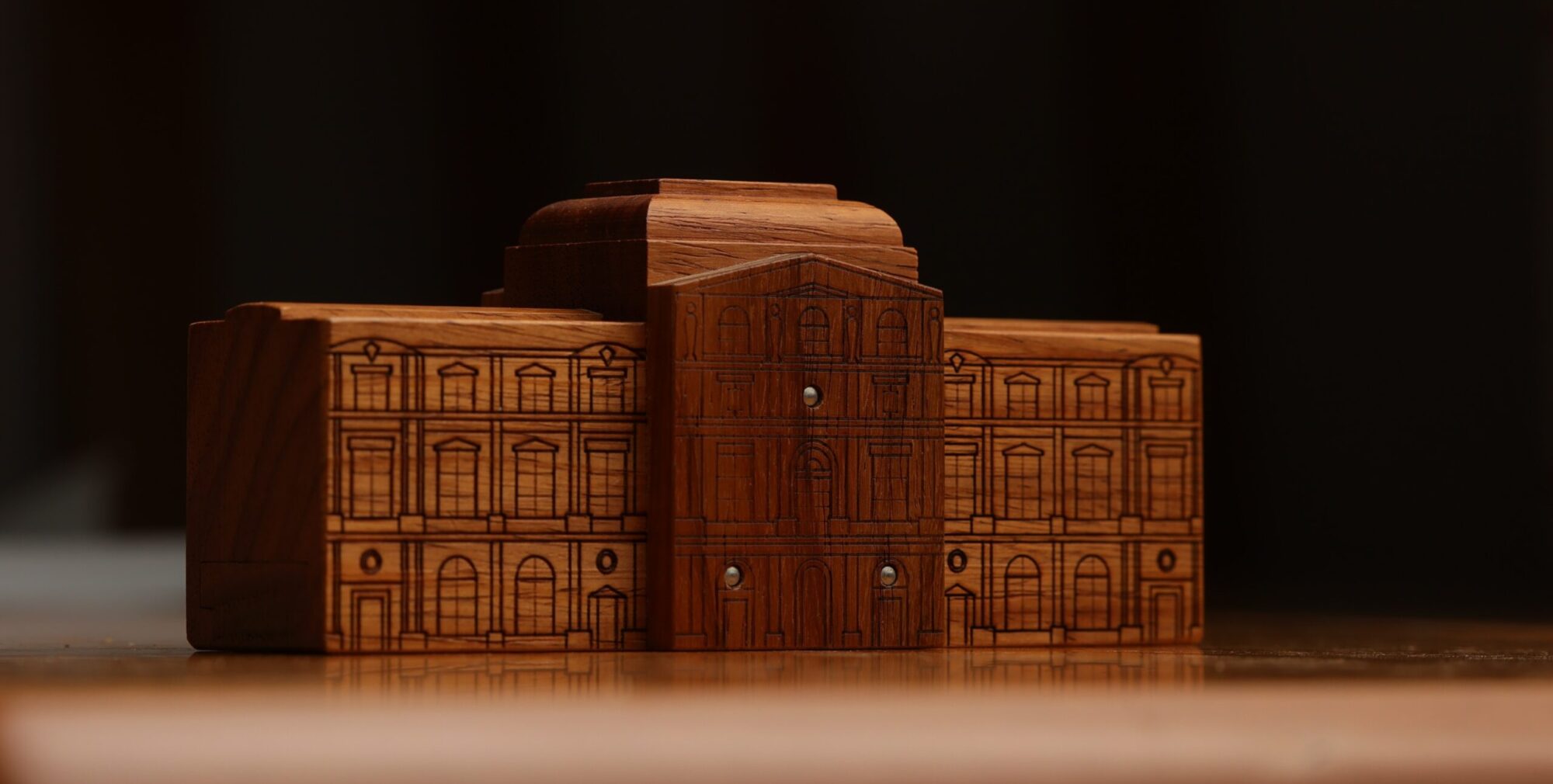Assembling a 1000 piece jigsaw puzzle is a serene, fun and time-consuming task.
Assembling a 5-piece assembly puzzle can take even longer.
The difference is in the method, whereas organization and visual skills are needed in a jigsaw, and in assembly puzzles you’ll just have to think, think and think again.
These puzzles take what you know about shapes and pieces and throw it through the window.
This is the puzzle type for those who:
Think creatively;
Find beauty in simplicity;
Want to be surprised;
Want to practice spatial thinking;
Enjoy sharing puzzles.
Quick Navigation
Assembly
The simplest concept of puzzles.
In day-to-day life we do small assembly tasks without noticing, but these ones pack a different punch.
Pieces – In assembly puzzles you’ll handle a number of pieces in some way.
Assembly – The usual goal is to assemble something with the pieces. After you do that, taking the assembled puzzle apart is easy peasy (99% of the time), as the pieces don’t interlock.
Unexpected – Some pieces are very peculiar, and will be everything but straightforward to assemble. Sparking your creativity in some way before the solution can help enormously.
Physical Constraints – You might also tackle something that blocks some moves. It can be an oddly cut box, frame, or some kind of container with a lid that has to seal all the pieces.
Sliiiides – When these constraints are present, some pieces will need to sliiide into their place. Smoooth.
Simply Mind-Boggling – There’s nothing more intriguing than a simple 4 piece 2D assembly puzzle that remains unsolved for months.
Polyomino – A flat (2D) pieces made of connected squares.
Polycube – A 3D piece made of connected cubes.
The puzzle in the picture (thanks to Bar Aharon) is a very basic assembly puzzle, called IQ Puzzler Pro by Smart Games.
It has a whopping amount of 120 challenges in which you need to assemble the given polycube-ish pieces different shapes, on a flat frame or in a 3D structure.
Your constraint will be the shape of the frame. When you complete one challenge, just take the pieces out and begin another one. Great value for money.
Keepin’ It Simple
Some of you may already know how deceivingly simple puzzles can look.
Though not all assembly puzzles are so.
Classic / Dissection
But this one is.
A dissection puzzle is the most basic assembly puzzle you can have.
It’s also the most antique – in fact, one of the first dissection puzzle designs was Archimedes’ Ostomachion!
They are made of dissecting shapes into smaller pieces, like in good ol’ Tangrams.
The simplest dissection assembly puzzle you can find is Symmetrick, by Vesa Timonen. It’s made of only 2 pieces!
When you look at them, you know – dissection puzzles are not here to show-off.
They won’t be the stars of your puzzle display.
But, they are puzzles, and as such, they will perplex, challenge and satisfy you (aha!) when you manage to find their sneaky assembly.
More complex variants include 3-dimentional assembly shapes, like the 2-piece pyramid puzzle. The concept is pretty much the same there, but with great dimensions comes great puzzlability.
Soma Cubes
Soma cubes are another basic assembly sub-type with a slightly different challenge.
They can be referred as a specific type of 3D dissection puzzles, but there’s a fundamental difference in them.
The classic soma cube was made of 7 different polycube pieces that had to be assembled in a 3×3 cube shape.
As the years went by, soma cubes became much more advanced. 4×4, 5×5 and even bigger soma cubes made of complex polycubes are now available everywhere.
Moreover, there’s the soma cube’s 21st century successor, the Turning Interlocking Cube, a.k.a TIC.
The TIC is a mix between assembly and interlocking puzzles that I decided not to include in neither of these categories (does this mean a post about them will be made? Possibly). No spoilers here ?
2D Packing / Framed
Like in caged burrs, framed assembly puzzles introduce a new level of constraint that changes the logic behind the solution.
Imagine a frame.
Now imagine 10 bottle shaped pieces.
If you put them in the straighforward way, only 8 will fit. Can you fit the other 2 as well?
Well that’s the kind of challenge these puzzles have packed for you.
Every square milimeter of space matters, and the solutions are fairly original.
There are some curious packing puzzle designs out there that really pack a punch.
3D Packing
The pinnacle of packing challenges, these provide the designer with maximum possibilities, in theory.
What does this mean for you?
Well, it means you can expect a wide range of cool designs and tricks.
And a steep difficulty level. Arguably, 3D packing puzzle are less intuitive than 2D.
You may need to twist the pieces, manouver them through wild frames, or even drop them inside a small hole of an almost-sealed box.
Although I haven’t tried it myself yet, Casino by Volker Latussek is said to be the best 3D packing puzzle on a low budget (you can buy it from Rombol if you prefer EU shipping).
Verdict
Assembly puzzles are deceptive. They all look pretty simple until you understand they are far from that.
From a mechanical point of view, It is a puzzle type very close to Interlocking puzzles, but you’ll notice that the way of thinking is not quite the same.
This type features a wide selection, with very cheap, satisfying puzzles up to collector grade, artfully crafted ones.
Both Pelikan and Cubic Dissection specialize in accurately crafted assembly puzzles which you definitely need to check out – especially if this is your favorite puzzle type.
Enjoy!


